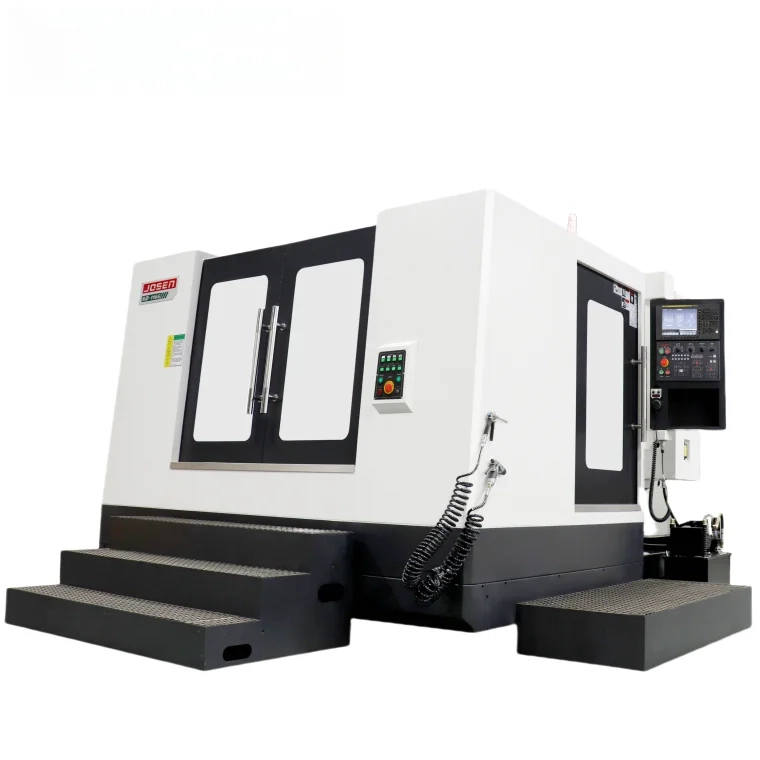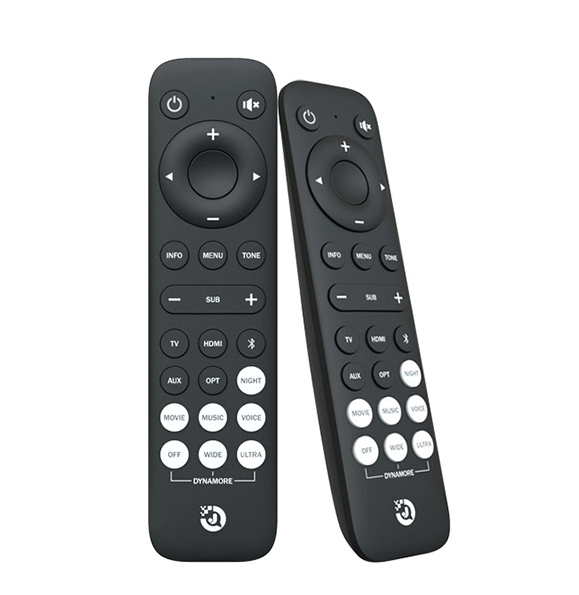In our increasingly electrified world, understanding the intricacies of your home’s electrical system is not just beneficial; it’s essential. One of the most critical components of this system is the master circuit breaker. This device acts as the primary safety switch for your electrical system, protecting your home from overloads and short circuits. However, there may come a time when you need to reset your master circuit breaker. In this article, we will delve into the reasons for resetting, the step-by-step process, and essential safety precautions to consider.
Understanding the Master Circuit Breaker
Before we dive into the reset process, it’s crucial to understand what a master circuit breaker is and its role in your electrical system. The master circuit breaker is typically located in your home’s electrical panel and serves as the main control for all the branch circuits in your home. It monitors the electrical flow and will trip (turn off) when it detects an overload or fault, preventing potential hazards such as electrical fires.
Why You Might Need to Reset Your Master Circuit Breaker
There are several scenarios that may necessitate resetting your master circuit breaker:
- Overloaded Circuits: When too many devices are drawing power from a single circuit, it can cause the breaker to trip.
- Short Circuits: A short circuit occurs when a hot wire touches a neutral wire, leading to a sudden surge in electricity.
- Ground Faults: This happens when a hot wire comes into contact with the ground or a grounded part of the system.
- Electrical Storms: Power surges caused by lightning or other storm-related events can also trip the breaker.
Step-by-Step Guide to Resetting Your Master Circuit Breaker
Resetting your master circuit breaker is a straightforward process, but it requires careful attention to safety. Follow these steps to ensure a successful reset:
Step 1: Safety First
Before you approach the electrical panel, ensure that your hands are dry and you are standing on a non-conductive surface. If you notice any signs of damage, such as burn marks or a burning smell, do not attempt to reset the breaker. Instead, contact a licensed electrician.
Step 2: Locate the Electrical Panel
Find your electrical panel, which is usually located in a basement, garage, or utility room. Open the panel door to access the circuit breakers.
Step 3: Identify the Tripped Breaker
Look for the master circuit breaker, which is typically larger than the others. A tripped breaker will be in the “off” position or may be in the middle position. It may also appear slightly out of alignment with the other breakers.
Step 4: Reset the Breaker
To reset the breaker, first, switch it to the “off” position. Wait a few seconds, then firmly switch it back to the “on” position. You should hear a click, indicating that the breaker has been reset.
Step 5: Check for Power Restoration
After resetting, check to see if power has been restored to the affected areas of your home. If the breaker trips again immediately, there may be an underlying issue that requires professional attention.
Troubleshooting: What to Do If the Breaker Keeps Tripping
If your master circuit breaker continues to trip after resetting, it’s essential to investigate further. Here are some troubleshooting steps:
- Unplug Devices: Disconnect all devices on the affected circuits and reset the breaker again. If it stays on, reconnect devices one at a time to identify the faulty appliance.
- Inspect for Damage: Check for any visible signs of damage to wiring or outlets. Look for frayed wires or burnt outlets.
- Consult a Professional: If you cannot identify the issue, it’s time to call a licensed electrician. They can conduct a thorough inspection and ensure your electrical system is safe and compliant with local codes.
Conclusion
Resetting your master circuit breaker is a vital skill for any homeowner. By understanding its function and following the proper procedures, you can ensure your home remains safe and powered. However, always prioritize safety and do not hesitate to seek professional help when necessary. With this knowledge, you can confidently manage your home’s electrical system, ensuring peace of mind in your daily life.






+ There are no comments
Add yours